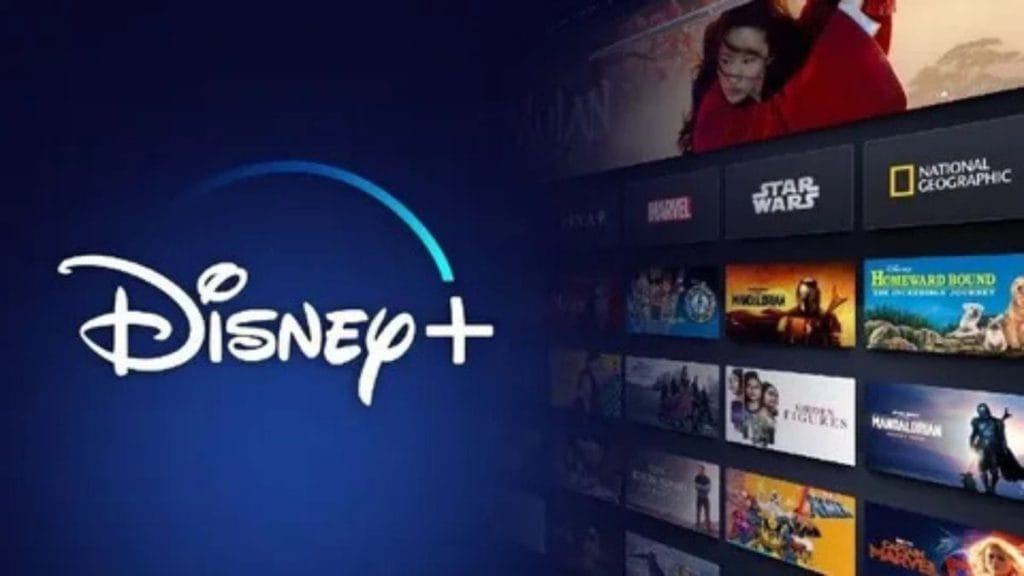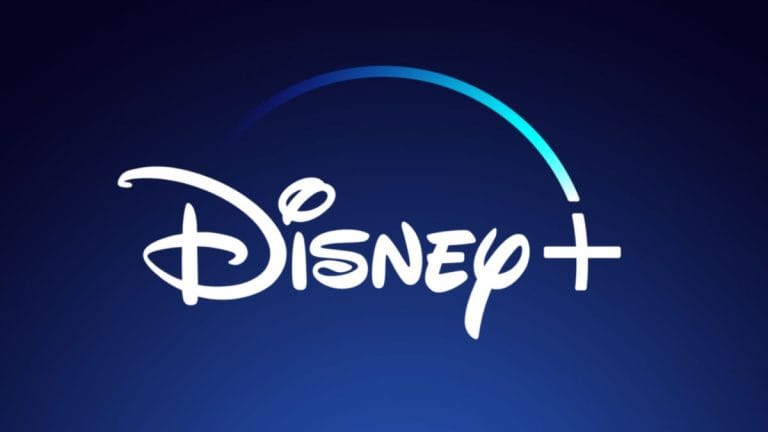Disney+ is one of the most successful and rapidly growing streaming services in recent years. Since its launch in November 2019, the platform has quickly established itself as a key player in the competitive streaming landscape, challenging established giants like Netflix and Amazon Prime Video. To understand its success, it’s important to look at a variety of factors, including content strategy, brand power, technological infrastructure, pricing, and global expansion. Below, we’ll explore the key drivers behind Disney+’s success, as well as the broader trends shaping the streaming industry.
1. Leveraging Brand Power and Legacy Content

One of Disney+’s primary advantages is the deep and vast content library it has access to. Disney’s brand is globally recognized and beloved by audiences of all ages, and its content portfolio includes:
- Disney Classics: Timeless animated movies like The Lion King, Aladdin, and Cinderella.
- Pixar Films: Critically acclaimed animated films such as Toy Story, Finding Nemo, and Inside Out.
- Marvel Cinematic Universe (MCU): A dominant force in both film and television, with major superhero franchises like Avengers, Spider-Man, and Guardians of the Galaxy.
- Star Wars Franchise: One of the most iconic science fiction franchises, which Disney acquired in 2012 and now includes movies, animated series, and original shows like The Mandalorian.
- National Geographic: A powerhouse of documentary and educational content that appeals to diverse audiences.
This combination of blockbuster movies, family-friendly content, and beloved franchises provided Disney+ with a significant advantage in attracting subscribers. The content not only appealed to nostalgic adults but also offered a vast library for children and families, which became an essential draw for households during the COVID-19 pandemic, when entertainment options at home became critical.
2. Strategic Original Programming and Exclusive Content

While the back catalog was a key draw, Disney+ has also heavily invested in original programming, creating exclusive content that could only be accessed on its platform. High-profile projects include:
- Marvel Studios TV Shows: Series like WandaVision, The Falcon and the Winter Soldier, Loki, and Hawkeye gave fans of the MCU an incentive to subscribe. These shows tied directly into the larger cinematic universe, enhancing the overall value of the platform.
- Star Wars Originals: Shows like The Mandalorian and The Book of Boba Fett were both fan favorites and critical successes, bringing new stories and characters to the Star Wars universe.
- Pixar and Disney Animation Originals: Disney+ debuted animated movies and series that either bypassed theatrical release or premiered directly on the service, like Soul (Pixar) and The Owl House (Disney Channel).
These original offerings were vital to keeping subscribers engaged, giving them fresh content to look forward to, and offering something unique that couldn’t be found elsewhere.
3. Affordable Pricing and Tiered Options

From the outset, Disney+ positioned itself as a value proposition in the streaming market. Its initial pricing strategy was designed to undercut competitors like Netflix and Amazon Prime Video, offering a more affordable option while still delivering a high-quality service. Key elements of this strategy include:
- Competitive Pricing: Disney+ launched at $6.99 per month (or $69.99 per year), which was significantly cheaper than Netflix at the time.
- Bundling with Hulu and ESPN+: Disney introduced a bundle deal that allowed subscribers to access Disney+, Hulu (ad-supported), and ESPN+ for a discounted rate of $12.99 per month. This effectively combined three services, offering a range of entertainment from family-friendly shows to sports and adult content.
The affordability of Disney+ helped attract millions of subscribers quickly, particularly families and budget-conscious viewers. It also gave Disney a competitive edge against other streaming services that were starting to raise their prices.
4. Technological Infrastructure and User Experience

Disney+ was built with a focus on delivering a high-quality, seamless user experience. The platform features:
- High-Quality Streaming: Disney+ supports 4K, HDR, and Dolby Atmos, offering a premium viewing experience for those with compatible devices.
- Multiple Profiles and Parental Controls: Given Disney’s family-friendly brand, the platform includes robust parental controls and the ability to create multiple user profiles with different content restrictions.
- Cross-Platform Availability: Disney+ is available on a wide variety of devices, including smartphones, tablets, smart TVs, gaming consoles, and streaming devices like Roku and Apple TV.
The platform’s interface is clean, easy to navigate, and visually appealing, making it simple for users to find their favorite content or discover something new.
5. Aggressive Global Expansion
Disney+ aimed for rapid global expansion from the outset. By the end of 2020, the service was available in multiple regions, including the U.S., Canada, and parts of Europe. By 2023, it had expanded to more than 100 countries, with Disney+ also offering localized content and pricing strategies tailored to specific markets.
- Local Content: In some regions, Disney+ has started investing in local content to cater to regional tastes. For example, in India, Disney+ Hotstar (a regional version) has seen massive success due to its combination of Disney+ content and exclusive rights to sports like the Indian Premier League (IPL).
- Disney+ in Asia: Disney+ faced a different kind of challenge in Asia, where streaming giants like Netflix and local players were already dominant. By working with local partners and offering competitive pricing, Disney+ has slowly but steadily gained a foothold.
6. Competition and the Streaming Wars
Disney+ entered a competitive market dominated by Netflix, Amazon Prime Video, and newer players like Apple TV+ and HBO Max. However, Disney+ has carved out its niche by:
- Focusing on Franchises: Unlike Netflix, which focuses on a broad range of genres, Disney+ has doubled down on big brands and franchises. This helps the service attract loyal fanbases and creates a sense of anticipation and loyalty to the platform.
- Diverse Content Portfolio: The addition of National Geographic and other family-oriented content sets Disney+ apart from Netflix, which leans more into adult and international content.
The success of Disney+ forced its competitors to re-evaluate their strategies. For example, Netflix has increasingly focused on original programming, including high-budget shows like Stranger Things, while Amazon Prime Video has invested heavily in big-budget franchises such as The Lord of the Rings: The Rings of Power.
7. The Future of Streaming: Challenges and Opportunities
While Disney+ has been successful, it faces significant challenges in the coming years:
- Rising Content Costs: To compete with other platforms, Disney+ needs to keep investing in high-quality original content, which can be expensive.
- Subscriber Retention: Disney+ will need to find ways to retain subscribers beyond its initial promotional period, especially as markets become saturated and competition increases.
- Ad-Supported Tiers: Disney+ has introduced an ad-supported tier, which could help the service generate additional revenue without raising prices for subscribers. This move could attract more price-sensitive users, but it also creates challenges in terms of user experience.
In terms of opportunities, Disney+ is well-positioned to continue leveraging its brand strength, expanding into new markets, and tapping into the global love of its franchises. The service’s continued investment in original content, its focus on family-friendly programming, and its partnerships with other platforms will likely help it stay competitive in the ever-evolving streaming industry.
Conclusion
Disney+ has proven to be a massive success due to a combination of strategic content offerings, competitive pricing, leveraging its vast intellectual property, and focusing on family-oriented programming. While challenges exist, the service’s ability to innovate and diversify its portfolio, as well as its aggressive global expansion, suggest that Disney+ will continue to be a major player in the streaming wars for the foreseeable future. The future of Disney+ and streaming services in general will likely be defined by further consolidation, new technologies, and increasing competition—factors that Disney is well-positioned to navigate.




